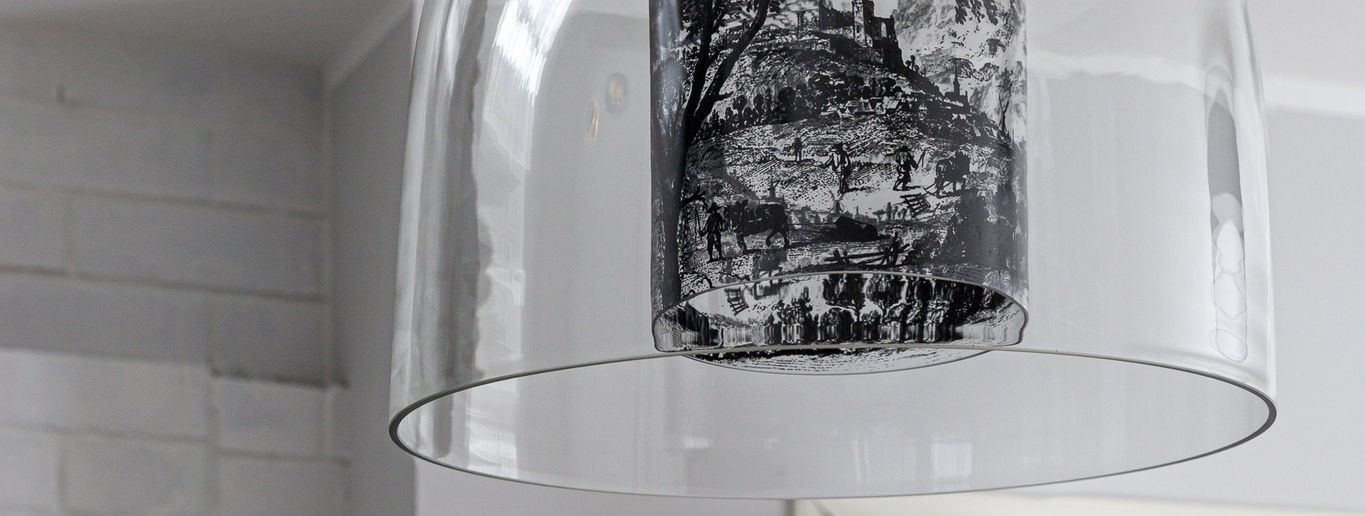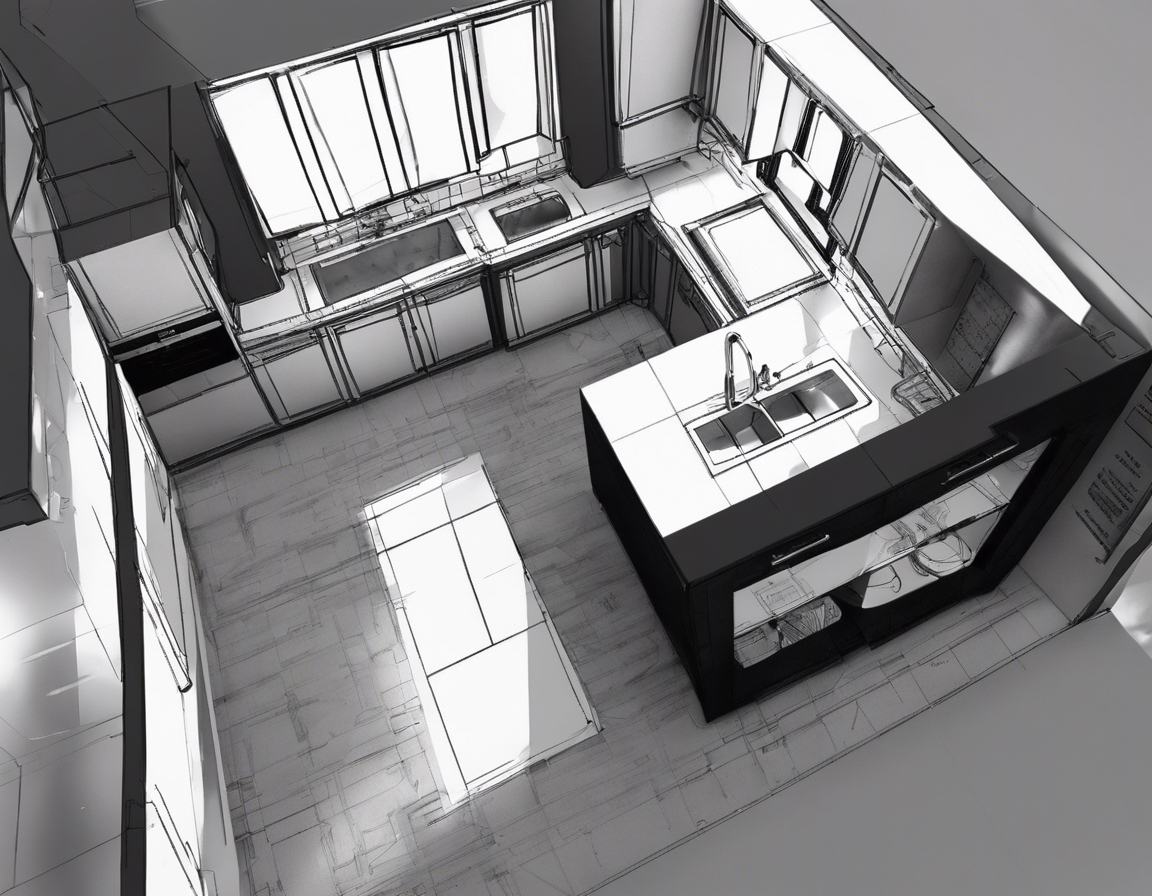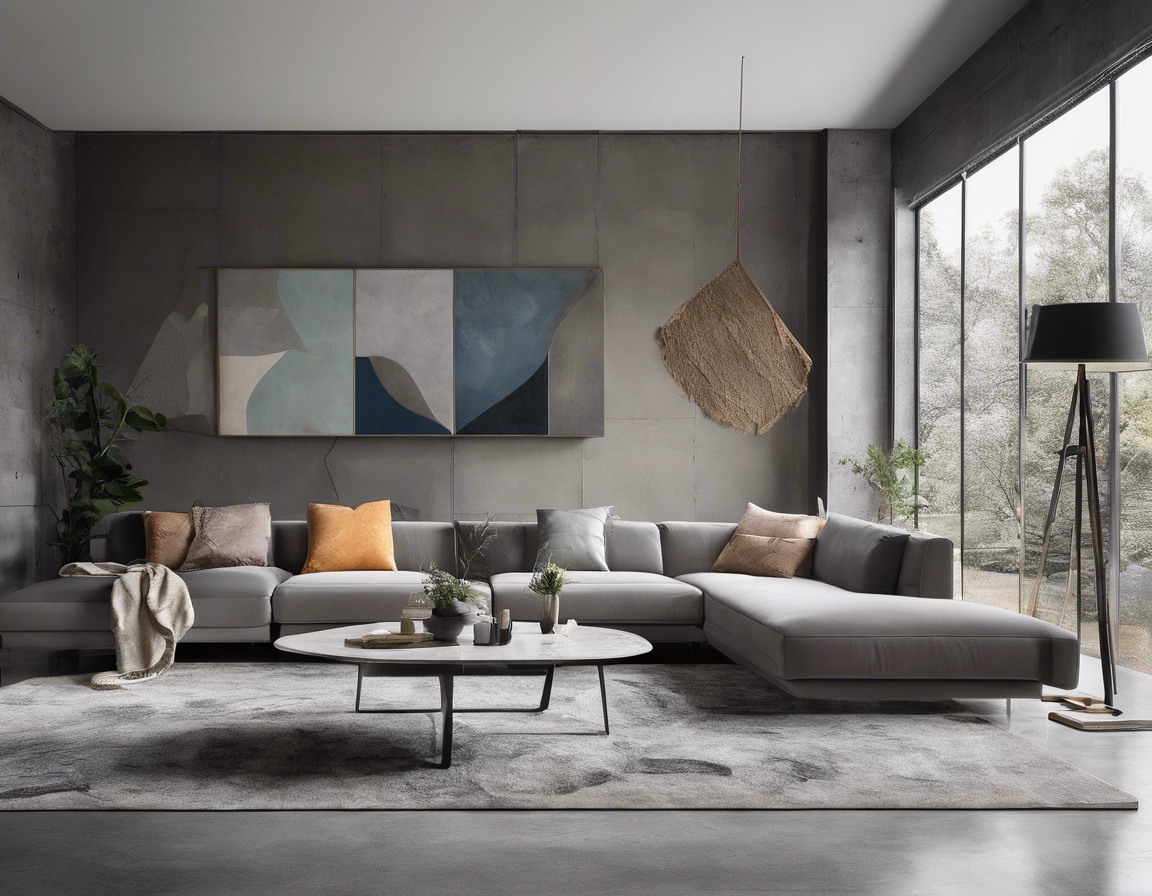The importance of lighting in your home's design
Lighting is not merely a functional component of home design; it is a pivotal element that can transform the ambiance, mood, and usability of a space. Proper lighting ensures that a home is not only livable but also exudes the desired aesthetic and emotional resonance.
When integrated thoughtfully, lighting acts as a powerful design tool, capable of highlighting architectural features, creating depth, and segmenting spaces without physical barriers.
The Psychological Impact of Lighting
The intensity and color of light can significantly affect people's mood and energy levels. Warm lighting often induces a cozy and welcoming atmosphere, while cool lighting can enhance concentration and alertness.
Lighting can alter the perception of a room's size and shape. Strategic placement of light sources can make a room feel larger or more intimate, depending on the desired effect.
Functional Aspects of Lighting
Task lighting is essential in areas where specific activities take place, such as reading, cooking, or working. It provides focused illumination that enhances functionality and reduces eye strain.
Ambient lighting serves as the base layer of illumination in a space, providing a comfortable level of brightness without glare. It sets the overall tone of the room and allows for safe movement.
Accent lighting is used to draw attention to particular objects or areas within a space, such as artwork, architectural details, or collections. It adds drama and creates visual interest.
Lighting Techniques and Considerations
Layering different types of lighting can create a rich and dynamic environment. This technique involves combining task, ambient, and accent lighting to achieve balance and functionality.
Color temperature affects the visual comfort and appearance of a space. Understanding the color spectrum of light sources can help in selecting the right ambiance for each room. Color rendering index (CRI) is also crucial for displaying the true colors of objects under artificial lighting.
Modern lighting systems offer advanced control options, including dimmers, timers, and smart home integrations. These systems provide convenience and can contribute to energy savings.
Choosing the Right Fixtures
Selecting the right lighting fixtures is key to complementing the interior design. Fixtures should align with the home's aesthetic and enhance the overall design theme.
High-quality lighting fixtures not only look better but also last longer. Investing in durable and well-crafted lighting can save money and maintenance efforts in the long run.
Energy Efficiency and Sustainability
LED lighting has revolutionized energy efficiency in home lighting. These bulbs consume significantly less power and have a longer lifespan than traditional bulbs.
Adopting energy-saving strategies, such as using natural light, motion sensors, and energy-efficient bulbs, can reduce the environmental impact and lower utility bills.






Comments (0)